| [1] Mühler M, Schulz R, Schmidt S, et al. The influence of slice thickness on assessment of clavicle ossification in forensic age diagnostics. Int J Legal Med. 2006;120(1):15-17. [2] Janes L. Criminal liability of minors and severity of penalties: European trends and developments. Howard League for Penal Reform; England and Wales: 2008. [3] Schmeling A, Geserick G, Reisinger W, et al. Age estimation. Forensic Sci Int. 2007;165(2-3):178-181. [4] Anastasopoulos N, Paraskevas G, Apostolidis S, et al. Three superficial veins coursing over the clavicles: a case report. Surg Radiol Anat Sra. 2015;37(9):1129-1131. [5] Franklin D, Flavel A. CT evaluation of timing for ossification of the medial clavicular epiphysis in a contemporary Western Australian population. Int J Legal Med. 2015;129(3):583-594. [6] Meijerman L, Maat GJR, Schulz R, et al. Variables affecting the probability of complete fusion of the medial clavicular epiphysis. Int J Legal Med. 2007;121(6):463-468. [7] Schmeling A, Schulz R, Reisinger W, et al. Studies on the time frame for ossification of the medial clavicular epiphyseal cartilage in conventional radiography. Int J Legal Med. 2004; 118(1):5-8. [8] Mateen A, Afridi HK, Malik AR, et al. Age estimation from medial end of clavicle by X-ray examination. Pak J Med Health Sci. 2010;7(4):1106-1108. [9] Cameriere R, Giuliodori A, Zampi M, et al. Age estimation in children and young adolescents for forensic purposes using fourth cervical vertebra (C4). Int Jo Legal Med. 2015;129(2): 347-355. [10] Schulze D, Rother U, Fuhrmann A, et al. Correlation of age and ossification of the medial clavicular epiphysis using computed tomography. Forensic Sci Int. 2006;158(2): 184-189. [11] Schulz R, Mühler M, Mutze S, et al. Studies on the time frame for ossification of the medial epiphysis of the clavicle as revealed by CT scans. Int J Legal Med. 2005;119(3):142-145. [12] Wang YH, Wei H, Ying CL, et al. The staging method of sternal end of clavicle epiphyseal growth by thin layer CT scan and imaging reconstruction. Fa Yi Xue Za Zhi. 2013; 29(3):168. [13] Wittschieber D, Schulz R, Vieth V, et al. The value of sub-stages and thin slices for the assessment of the medial clavicular epiphysis: a prospective multi-center CT study. Forensic Sci Med Pathol. 2014;10(2):163-169. [14] Franklin D, Flavel A. CT evaluation of timing for ossification of the medial clavicular epiphysis in a contemporary Western Australian population. Int J Legal Med. 2015;129(3):583-594.[15] Nuttaya P, Chakri M, Karnda M, et al. Age estimation of a Thai population based on maturation of the medial clavicular epiphysis using computed tomography. Forensic Sci Int. 2015;246:1-5. [16] Gurses MS, Inanir NT, Soylu E, et al. Evaluation of the ossification of the medial clavicle according to the Kellinghaus substage system in identifying the 18-year-old age limit in the estimation of forensic age-is it necessary. Int J Legal Med. 2016;131(2):1-8. [17] Ekizoglu O, Hocaoglu E, Inci E, et al. Forensic age estimation by the Schmeling method: computed tomography analysis of the medial clavicular epiphysis. Int J Legal Med. 2015;129(1): 203-210. [18] Tisè M, Mazzarini L, Fabrizzi G, et al. Applicability of Greulich and Pyle method for age assessment in forensic practice on an Italian sample. Int J Legal Med. 2011;125(3):411-416. [19] 赵欢,董晓爱,郑涛,等.运用薄层 CT 扫描评估四川汉族青年锁骨胸骨端骨骼年龄[J].法医学杂志,2011,27(6):417-420.[20] 朱广友,范利华,张国桢,等.青少年骨发育 X 线分级方法[J].法医学杂志,2008,24(1):18-24.[21] 王亚辉,魏华,应充亮,等.锁骨胸骨端薄层 CT 扫描并图像重组的骨骺发育分级方法[J].法医学杂志,2013,29(3):168-171.[22] 尚万兵,王克杰,郭娟宁,等.中国豫北地区 17-78 岁人群锁骨骨骺愈合情况及年龄推断[J].中国法医学杂志,2012,27(1):51-53.[23] Wittschieber D, Schulz R, Vieth V, et al. Influence of the examiner's qualification and sources of error during stage determination of the medial clavicular epiphysis by means of computed tomography. Int J Legal Med. 2014;128(1): 183-191. [24] Bassed RB, Drummer OH, Briggs C, et al. Age estimation and the medial clavicular epiphysis: analysis of the age of majority in an Australian population using computed tomography. Forensic Sci Med Pathol. 2011;7(2):148-154. [25] Hillewig E, De TJ, Cuche O, et al. Magnetic resonance imaging of the medial extremity of the clavicle in forensic bone age determination: a new four-minute approach. Eur Radiol. 2011;21(4):757-767. |
.jpg)
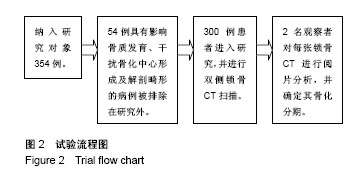
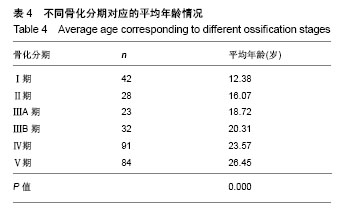
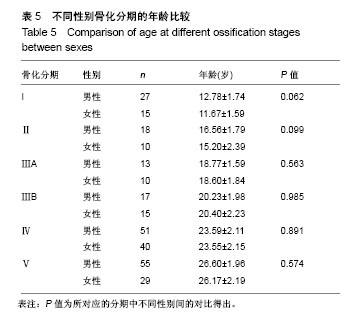

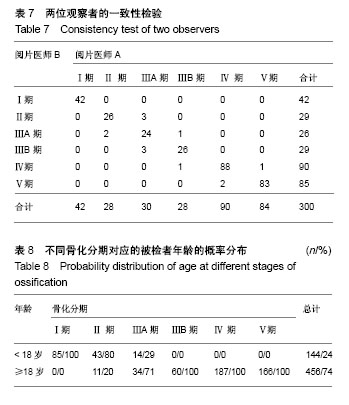
.jpg)
.jpg)
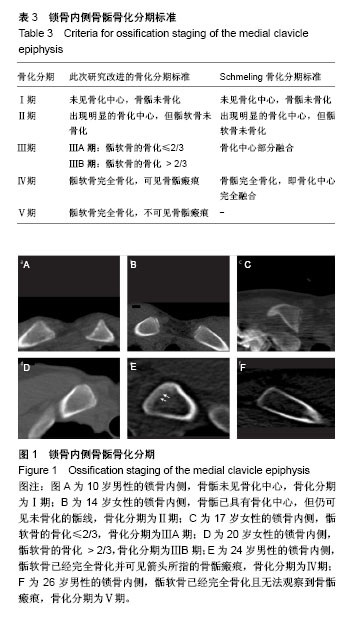

.jpg)